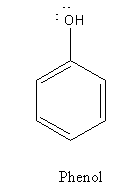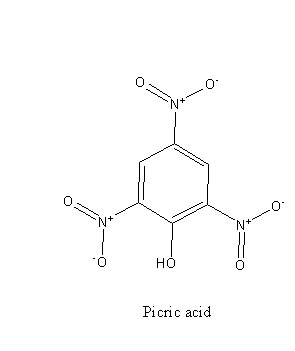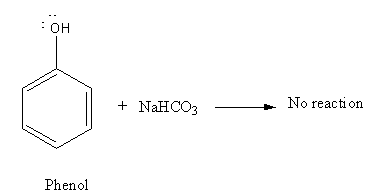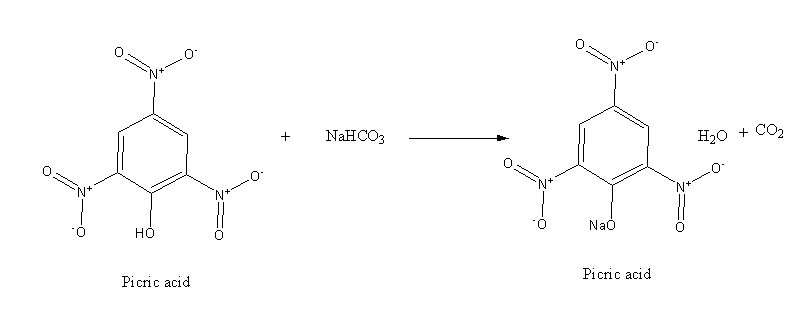
Phenol does not decompose
A. True
B. False
Answer
473.4k+ views
1 likes
Hint: Sodium bicarbonate (
Complete step by step answer:
Sodium bicarbonate (
(
Now we will draw the structures of both phenol and picric acid and determine their acid strength as both are acidic in nature.


From the structure of phenol and picric acid we can say that picric acid is substituted phenol, there are three electron-withdrawing
The acidic strength of substituted phenol is dependent on the nature of the substituent.
The electron-withdrawing group decreases the electron density of the phenol ring and stabilizes the negative charge and thus increases the acid strength.
In the case of the picric acid, the substituent is a nitro group (
As phenol is weak acid it cannot react with

However, picric acid is stronger acid which reacts with base as shown below:

Hence, the given statement is true i.e, option ‘A’ is the correct answer.
Note: Ring activating groups that are electron-donating groups, decrease the strength of acid while a ring deactivating group increases the strength of the acid. So while determining acid strength it is necessary to determine whether the substituent is an electron-donating group or electron-withdrawing group.
Complete step by step answer:
Sodium bicarbonate (
(
Now we will draw the structures of both phenol and picric acid and determine their acid strength as both are acidic in nature.


From the structure of phenol and picric acid we can say that picric acid is substituted phenol, there are three electron-withdrawing
The acidic strength of substituted phenol is dependent on the nature of the substituent.
The electron-withdrawing group decreases the electron density of the phenol ring and stabilizes the negative charge and thus increases the acid strength.
In the case of the picric acid, the substituent is a nitro group (
As phenol is weak acid it cannot react with

However, picric acid is stronger acid which reacts with base as shown below:

Hence, the given statement is true i.e, option ‘A’ is the correct answer.
Note: Ring activating groups that are electron-donating groups, decrease the strength of acid while a ring deactivating group increases the strength of the acid. So while determining acid strength it is necessary to determine whether the substituent is an electron-donating group or electron-withdrawing group.
Recently Updated Pages
Express the following as a fraction and simplify a class 7 maths CBSE

The length and width of a rectangle are in ratio of class 7 maths CBSE

The ratio of the income to the expenditure of a family class 7 maths CBSE

How do you write 025 million in scientific notatio class 7 maths CBSE

How do you convert 295 meters per second to kilometers class 7 maths CBSE

Write the following in Roman numerals 25819 class 7 maths CBSE

Trending doubts
Give 10 examples of unisexual and bisexual flowers

Draw a labelled sketch of the human eye class 12 physics CBSE

Differentiate between homogeneous and heterogeneous class 12 chemistry CBSE

Differentiate between insitu conservation and exsitu class 12 biology CBSE

What are the major means of transport Explain each class 12 social science CBSE

Franz thinks Will they make them sing in German even class 12 english CBSE




